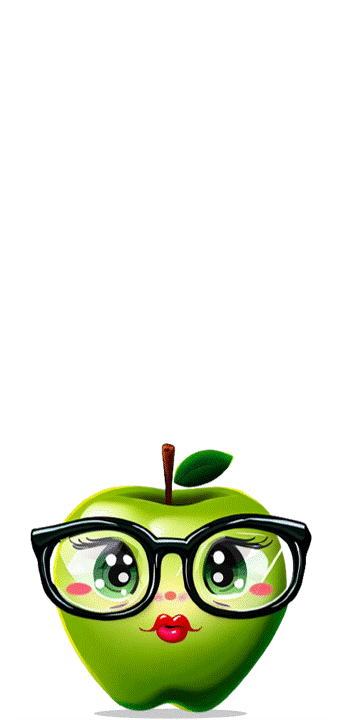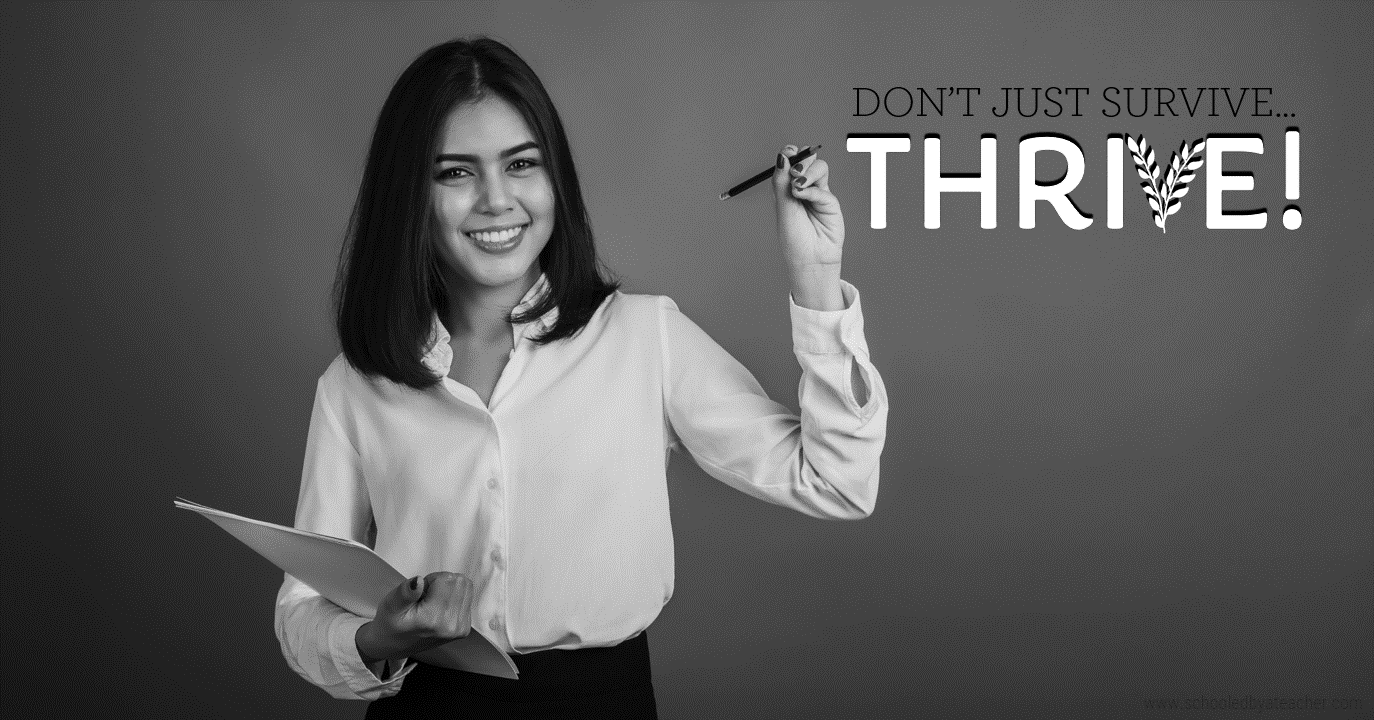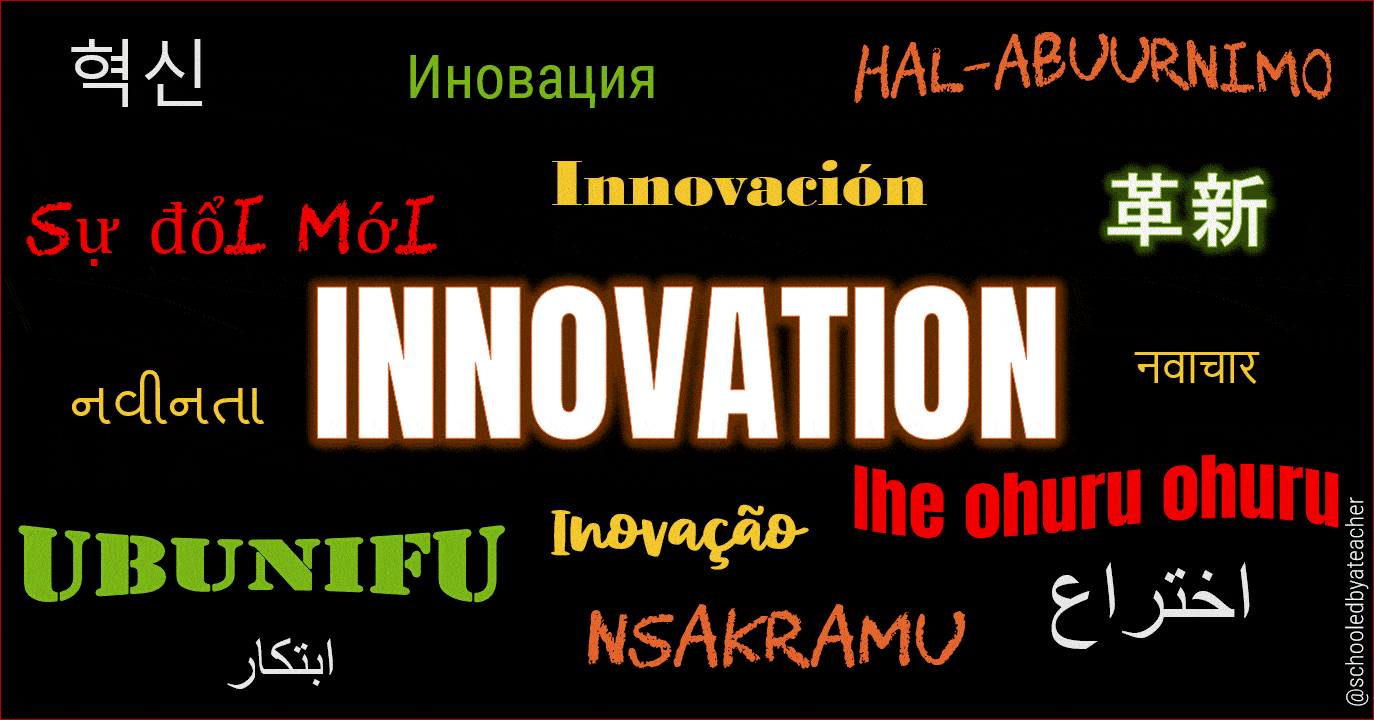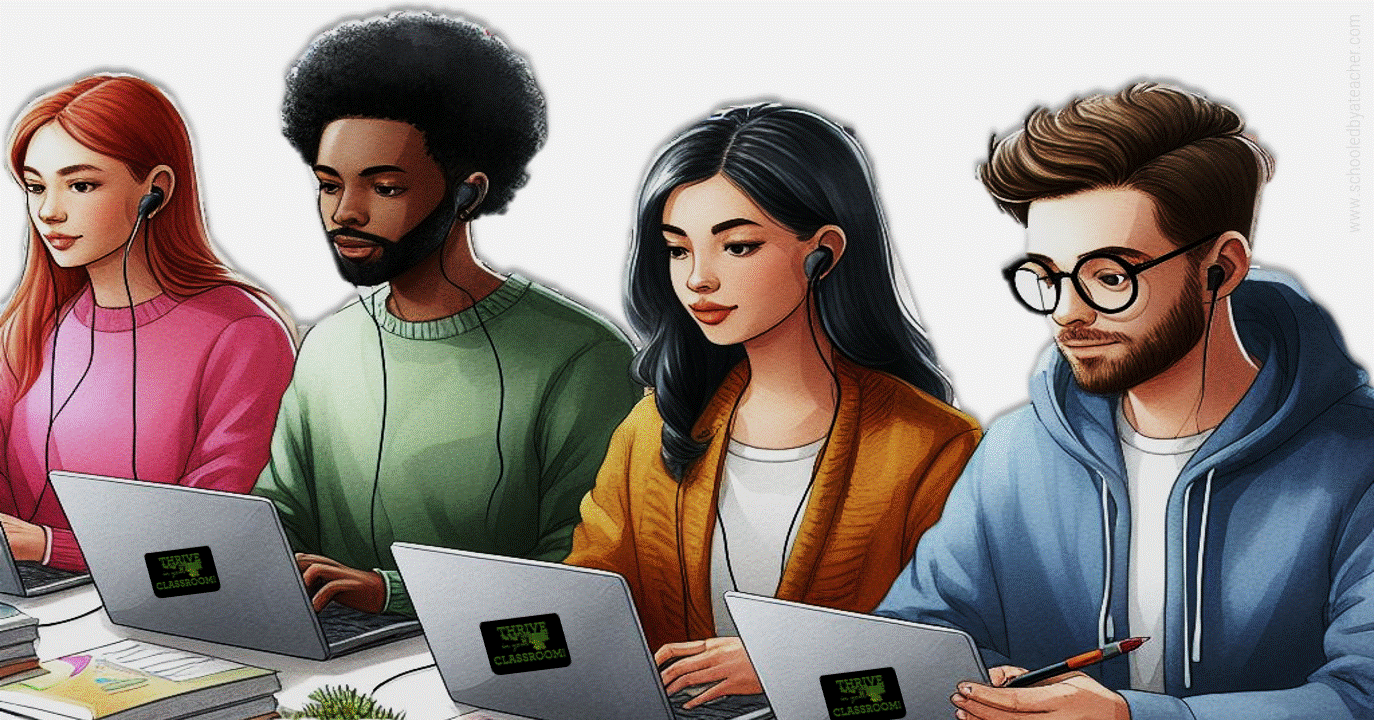EDLD 5317 – Resources for Digital Environments focused on the discussion and analysis of digital learning resources and their value for educational use. As part of this course, I had the opportunity to create and publish two digital resources/publications related to my innovation plan, which is to implement technology-enhanced project-based learning (TEPBL) for newcomer emergent bilingual students (NEBS) in middle school language arts classes.
My first digital resource was a written article titled “PBL for Newcomer Emergent Bilingual Students in Language Arts Classes”, which I aim to publish with Edutopia, a reputable and influential online publication for educators. To draft my article, I followed a three-step process: outlining, drafting, and revising for publication.
Publication Outline
In the outlining stage, I brainstormed and typed up the main points that I wanted to convey in my article, as well as the evidence and examples that I wanted to use to support them. I also used/followed the submission guidelines stated on Edutopia’s “Your Turn, Write For Us” page to ensure that my initial proposal to Edutopia met their requirements.
The Long Rough Draft and Peer Assessments
In the drafting stage, I wrote the first version of my article, following the outline that I created. As I got into the writing process, it quickly became apparent to me that my outline covered too much content and that I would exceed the word limit for Edutopia and the other platforms I was interested in publishing with. So, for my final draft, I planned to edit out/shorten content in my rough draft.
Furthermore, I received feedback on my draft from my peers using a peer assessment rubric and the PIPS feedback model. The peer assessment rubric was a tool that helped my peers and I evaluate the quality and effectiveness of our writing, based on four criteria: content knowledge, critical thinking, comprehensiveness, and presentation. I found the peer feedback process helpful and valuable, as it helped me identify the strengths and weaknesses of my writing, as well as the areas for improvement. I also learned a lot from reading and commenting on my peers’ work, as I discovered different perspectives and approaches to the same topic.
The Final Draft
Based on the feedback that I received, I revised and improved my draft, making changes and corrections as needed. One of the main challenges that I faced was to pare down my draft to less than one thousand words, which was the word limit for Edutopia. To do this, I had to eliminate some sections and edit others, making sure to keep the essential and relevant information and to avoid repetition and redundancy. I also had to be concise and precise in my writing, using clear and simple sentences and words.
Media Publication: A Podcast
My second digital resource was a podcast episode titled “Project-Based Learning for Newcomer Emergent English Learners”, which I published on YouTube. For this media project, I used a narrative structure that introduced a fictional main character/student profile (Pedro Gomez) that my audience could relate to and empathize with. I also discussed PBL and provided information about its benefits for NEBS and acknowledged its challenges. Lastly, I used an authentic audio clip that illustrates PBL in action and reinforce my key points about its benefits for NEBS.
In conclusion, EDLD 5317 – Resources for Digital Environments was a very enriching and rewarding course, as it challenged me to further develop my skills and knowledge in creating and publishing digital resources for educational purposes. Moreover, I was able to set the ball rolling on spreading the word about my innovation plan and its potential benefits to a broader audience and inspire and influence others with my message. I look forward to continuing my learning journey and to creating more digital resources in the future!




